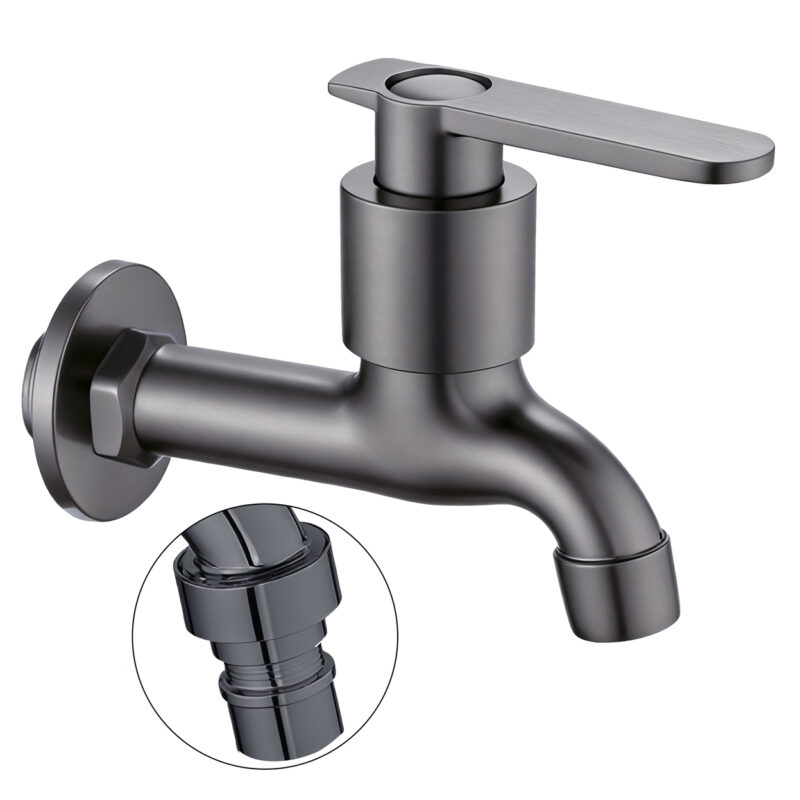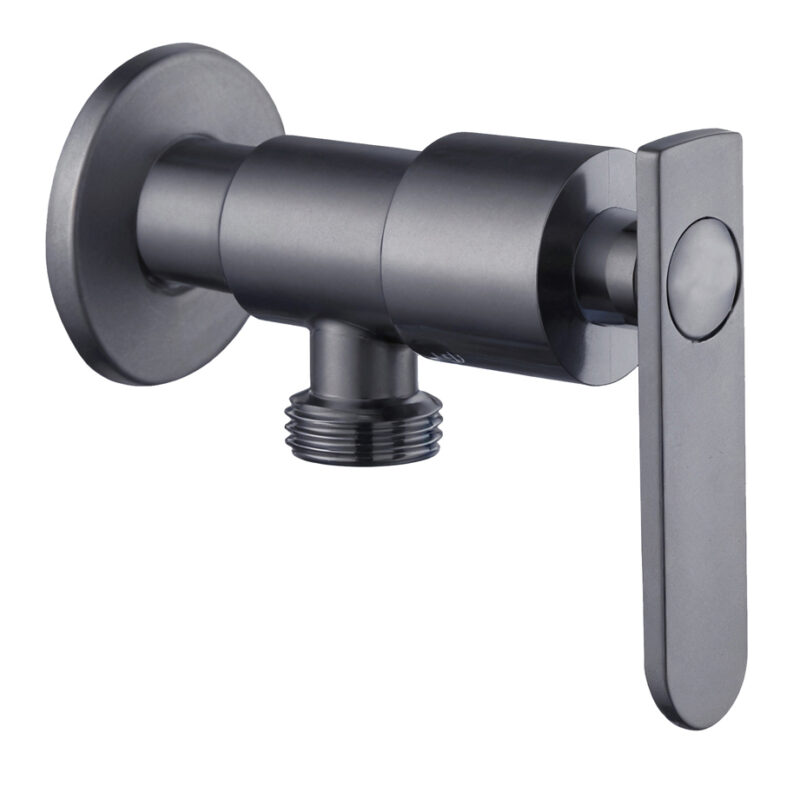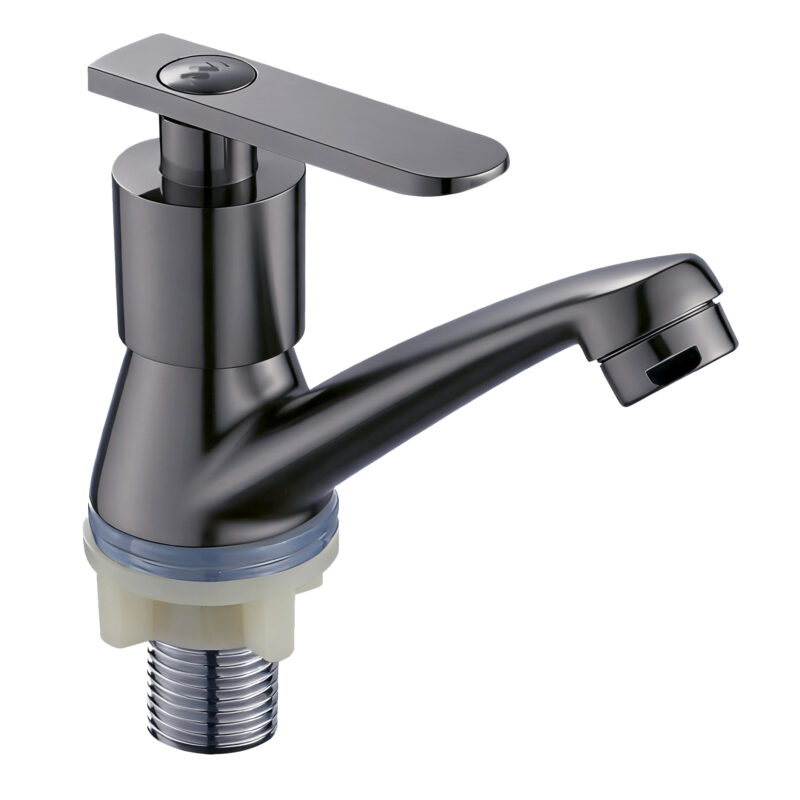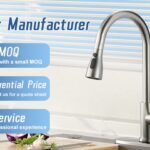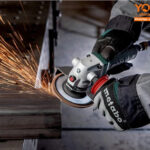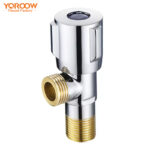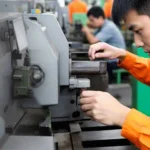The concealed rainfall shower head shower set brings you a unique and comfortable bathing experience. Its concealed installation method not only saves space but also adds to the overall beauty of the bathroom. The overhead shower can provide a soft and uniform rain-like water flow, making you feel as if you are in a drizzle and enjoying the ultimate comfort. This set usually includes a concealed thermostatic mixing valve, a large-area overhead shower, a handheld shower, and related accessories, which are perfectly suitable for both modern homes and high-end hotel bathrooms. Products of this kind produced by Chinese faucet factories are made of high-quality brass or stainless steel, and the surface is treated with chrome plating, wire drawing, or matte black to ensure anti-corrosion and rust prevention, while also combining fashion and practicality.
I Precautions before Product Installation
Before installing the concealed rainfall shower head shower set, be sure to carefully read the product manual to understand the product’s parameters and installation requirements. Check whether all the accessories in the set are complete, including the concealed thermostatic mixing valve, overhead shower, handheld shower, connecting pipes, installation screws, etc. At the same time, confirm whether the wall or ceiling at the installation location is suitable for installation, ensuring there is enough space and bearing capacity.
II Required Installation Tools
The following tools are required to install the concealed rainfall shower head shower set: electric drill, screwdriver, wrench, level, tape measure, sealant, PTFE tape, etc. These tools will help you complete the installation work smoothly.
III Preparation Steps before Installation
First, turn off the main water supply valve to ensure that no water will flow out during the installation process. Then, use a tape measure to measure the installation location and determine the installation height of the concealed thermostatic mixing valve. Generally, it is recommended to be about 1.1 meters from the ground. Use a level to ensure that the installation location is horizontal to avoid tilting. After marking the installation holes, use an electric drill to drill holes, install and fix the embedded parts of the concealed thermostatic mixing valve, and tighten the screws. Wrap PTFE tape around the interface of the embedded parts to ensure good sealing and prevent water leakage.
IV Standard Installation Process
1.Install the concealed thermostatic mixing valve onto the embedded parts. Pay attention to the correct direction and position of the valve. Use a wrench to tighten the nuts to ensure that the valve is firmly installed.
2.Install the overhead shower. Connect the connecting pipe of the overhead shower to the water outlet of the concealed thermostatic mixing valve, and also wrap PTFE tape to ensure sealing. Use a screwdriver to fix the overhead shower on the ceiling. Pay attention to adjusting the angle to ensure that the shower water is evenly distributed.
3.Install the handheld shower. Connect the hose of the handheld shower to the other water outlet of the concealed thermostatic mixing valve and tighten the interface. Install the fixing seat of the handheld shower at a suitable height, generally about 1.5 meters from the ground for easy use, and then place the handheld shower in the fixing seat.
V Usage Test and Inspection Points
After the installation is completed, turn on the main water supply valve and check whether there is any water leakage at each interface. Adjust the water temperature of the concealed thermostatic mixing valve and test whether the water output of the overhead shower and the handheld shower is normal and whether the water flow is uniform. Observe whether the water output angle and coverage of the shower meet the requirements. If there are any problems, adjust them in time.
VI Common Installation Problems and Solutions
1.Water leakage problem: If there is water leakage at the interface, it may be that the PTFE tape is not wrapped enough or the installation is not tight enough. The solution is to turn off the water source, re-wrap the PTFE tape, and tighten the interface.
2.Uneven water flow: It may be that the shower head is blocked or the installation angle is incorrect. The shower head can be disassembled for cleaning, or the installation angle of the shower can be adjusted.
3.Abnormal water temperature adjustment: Check whether the adjustment handle of the concealed thermostatic mixing valve is working properly. If there is a fault, it needs to be replaced in time.
VII Safety Tips and Maintenance Suggestions

